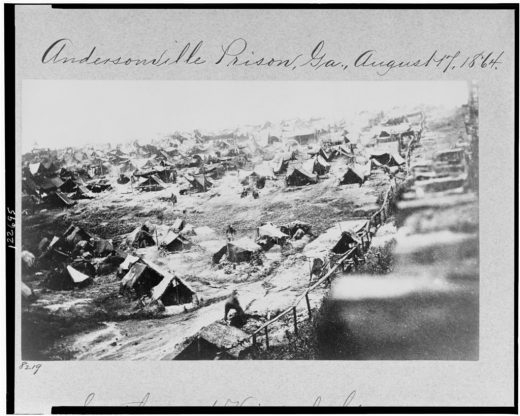1861 – 1865: Let’s Fill in the Dash
Knowing the origins of your ancestor’s regiment as well as being familiar with the battles he fought will help you understand his Civil War life and in going forward with future research. So far we’ve spent the last few months accumulating a lot of information on your Civil War ancestor. We’ve zeroed in on the time frame of his military service with dates and facts. Now it’s time to get more details on his military life and experience. Instead of looking singularly at your veteran, we’re going to look at him through the eyes of the whole. We’re going to research his regiment and start filling in the dash. Finding the regiment your Civil War ancestor served with is one of the first pieces of information usually found along with his company and dates of service. This info is what we’re using to expand your understanding of your veteran’s military life. We’re going to look at his regiment’s history that documents unit movements, battles they fought and describes experiences, to get a clearer view of his service. Know that after the war most individual states published a Regimental Roster listing the regiments raised in the state and the men who […]





